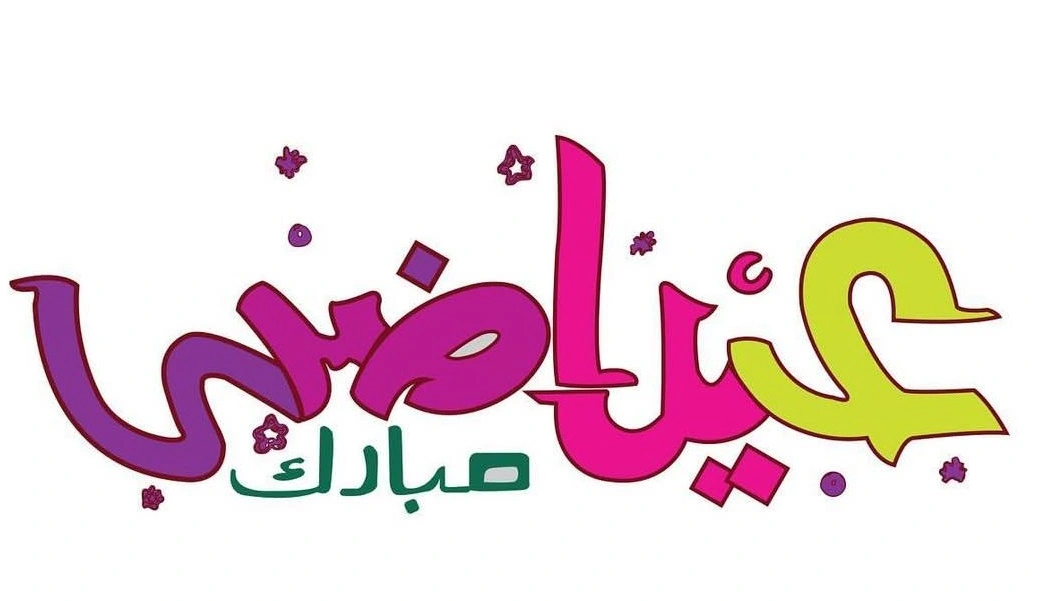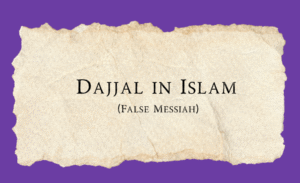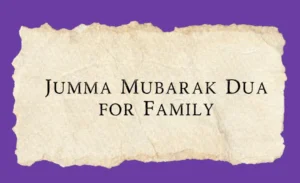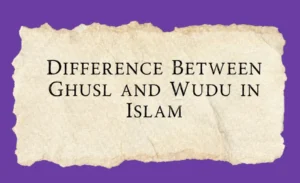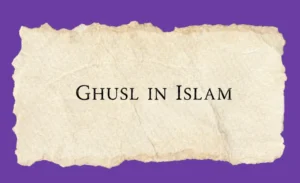Eid al-Adha, also known as the “Festival of Sacrifice,” is one of the two major Islamic holidays, the other being Eid al-Fitr. Celebrated annually on the 10th of Dhu al-Hijjah, Eid al-Adha holds profound spiritual significance for Muslims, commemorating the willingness of Prophet Ibrahim (Abraham) to sacrifice his son Isma’il (Ishmael) in obedience to Allah’s command. It is a day marked by prayers, sacrifices, charity, and the gathering of family and friends in a spirit of unity and gratitude.
Eid al-Adha is not just a time for celebration; it is an opportunity for Muslims to reaffirm their faith, give to the less fortunate, and engage in acts of worship. This detailed guide will explain the key rituals of Eid al-Adha, its historical significance, how to perform the Eid sacrifice, and offer practical information on how Muslims around the world observe this important day.
The Spiritual Significance of Eid al-Adha
Eid al-Adha is deeply rooted in Islamic teachings and is closely linked to the story of Prophet Ibrahim and his family. According to the Qur’an, when Ibrahim received a divine command to sacrifice his beloved son Isma’il as an act of submission to Allah’s will, he did so without hesitation. Allah, in His mercy, intervened and replaced Isma’il with a ram, which Ibrahim then sacrificed in his son’s place. This act of unwavering obedience to God is commemorated by Muslims every year through the Qurbani (sacrifice) and is seen as an opportunity to demonstrate their own submission to Allah.
Qur’anic Reference: The story of Ibrahim’s sacrifice is mentioned in Surah As-Saffat (37:102-107), where it describes the dream Ibrahim had, followed by his willingness to sacrifice Isma’il as a sign of obedience. The event symbolizes the ultimate act of faith and trust in God’s wisdom.
Symbolic Meaning of the Sacrifice: The sacrifice is not just about the physical act of slaughtering an animal, but a reminder to Muslims of their commitment to Allah, their willingness to give up what is dear to them, and the importance of humility and submission in the face of God’s will.
The Rituals of Eid al-Adha
Eid al-Adha is not only a day of joyous celebration but also a day of reflection, worship, and gratitude. Here’s a step-by-step guide on how to perform the key rituals of Eid al-Adha:
1. Performing the Eid Prayer
The first and most significant act of worship on Eid al-Adha is the special Eid prayer, which is performed in congregation. It is a highly recommended Sunnah, and though it is not obligatory, performing it is considered a significant part of the celebration.
When to Perform: The Eid prayer is performed after the sun has risen, approximately 15-20 minutes after sunrise, and it is typically conducted in large open spaces such as parks, mosques, or designated prayer grounds.
How to Perform: The Eid prayer consists of two Rak’ahs (units of prayer). The Imam leads the prayer, and in the first Rak’ah, there are seven Takbirs (saying “Allahu Akbar”) before the recitation of Surah Al-Fatiha, while in the second Rak’ah, there are five Takbirs before the recitation of Surah Al-Fatiha. The prayer is followed by a short sermon (Khutbah), where the Imam delivers a message on the significance of Eid al-Adha, the importance of sacrifice, and the message of unity and charity.
2. The Qurbani: The Sacrifice
The most prominent ritual of Eid al-Adha is the Qurbani, or sacrifice, which is a commemoration of Prophet Ibrahim’s willingness to sacrifice his son. Muslims who can afford it are required to sacrifice an animal such as a goat, sheep, cow, or camel.
Eligibility for Sacrifice: The sacrificial animal must meet certain conditions, including being free of physical defects, healthy, and at least a certain age. For sheep and goats, the minimum age is one year, for cows and buffaloes, two years, and for camels, five years. These types of Animals are suitable for sacrifice:
Sheep or Goat: One sheep or goat can be sacrificed on behalf of one person or family.
Cow or Buffalo: One cow or buffalo can be sacrificed on behalf of seven people. This option is often more economical when families want to share the cost of a larger animal.
Camel: Similarly, a camel can be sacrificed on behalf of seven people.
When to Perform the Sacrifice: The sacrifice can be made any time after the Eid prayer, and it must be completed before sunset on the 13th of Dhu al-Hijjah.
Method of Sacrifice: The animal must be slaughtered in accordance with Islamic law (Zabiha), ensuring that it is done humanely and with respect to the sanctity of life. The person performing the sacrifice says, “Bismillah, Allahu Akbar” (“In the name of God, God is the Greatest”) before slaughtering the animal.
Distribution of Meat: After the sacrifice, the meat is typically divided into three parts. One-third for the family performing the sacrifice, one-third for friends, neighbors, and relatives, and one-third for the poor and needy. This is a key aspect of the sacrifice, as it ensures that those less fortunate can also enjoy a festive meal during the holiday.
Global Statistics on Qurbani: In 2022, approximately 2.5 million sheep, 2.7 million cows, and over 1 million goats were sacrificed during Eid al-Adha in Saudi Arabia alone. These numbers demonstrate the global scope of the sacrifice, as Muslims around the world perform the Qurbani.
3. Charity and Helping the Poor
Eid al-Adha is not just about the sacrifice of an animal; it is a time for charity, giving, and helping those in need. The meat from the sacrifice is often distributed to the less fortunate, ensuring that even the most marginalized members of society can join in the celebration.
Zakat al-Fitr: Although Zakat al-Fitr is traditionally given before the Eid al-Fitr prayer, many Muslims use the occasion of Eid al-Adha to provide additional charity in the form of food, money, or gifts to the needy.
Global Giving: Eid al-Adha is one of the largest global charitable efforts, with millions of dollars in donations and millions of animals being sacrificed in countries around the world. Charitable organizations work to distribute food and aid to impoverished communities, both locally and internationally.
4. Family Gatherings and Celebrations
Eid al-Adha is a time for family reunions and community gatherings. After the Eid prayer and sacrifice, Muslims visit family and friends, share meals, and exchange gifts. It is a day of joy and festivity, marked by wearing new clothes, preparing special dishes, and celebrating with loved ones.
Traditional Foods: In many countries, special dishes are prepared for Eid. In the Middle East, dishes like kebabs, biryani, and pilaf are common, while in South Asia, sheer khurma (a sweet vermicelli dessert) and roast meats are often served. The food prepared during Eid is a symbol of the celebration and the blessings of Allah.
Gifting and Greeting: Muslims often greet each other with “Eid Mubarak” (Blessed Eid) and exchange gifts as a way of showing love and appreciation.
5. The Importance of Reflection and Gratitude
Eid al-Adha is a day to remember the blessings of Allah and to be thankful for what we have. The sacrifice is not only a physical act but also a spiritual one. It is an opportunity for Muslims to reflect on the teachings of Prophet Ibrahim and renew their commitment to obedience and submission to God’s will. It is a reminder of the importance of trust, sacrifice, and the need to put others’ welfare before our own desires.
Global Observance of Eid al-Adha
Eid al-Adha is celebrated by Muslims worldwide, and although the rituals are largely the same, cultural practices and traditions can vary from country to country.
Saudi Arabia: As the birthplace of Islam, Saudi Arabia hosts the largest gatherings for Eid al-Adha, with millions of pilgrims performing Hajj and participating in the global celebration of the festival.
Pakistan, India, and Bangladesh: In South Asia, Eid al-Adha is marked by large family gatherings, and the Qurbani is a central part of the celebration. Special prayers and local traditions, such as street fairs and community feasts, are common.
Turkey: In Turkey, Eid al-Adha is known as Kurban Bayramı. The country has a rich cultural tradition of communal prayers, family visits, and charitable work, with a special emphasis on helping the poor and less fortunate.
Indonesia and Malaysia: In Southeast Asia, Eid al-Adha is celebrated with great enthusiasm. The Qurbani is widely practiced, and the exchange of gifts, as well as special dishes like rendang and ketupat, are common.
Eid al-Adha: A Day of Sacrifice, Gratitude, and Unity
Eid al-Adha is much more than a day of celebration; it is a time for deep reflection, worship, and community solidarity. Through the act of sacrifice, Muslims around the world express their obedience to Allah, their willingness to give for the sake of others, and their commitment to the values of compassion, generosity, and faith.
It is a time to connect with family, strengthen community bonds, and help those in need, making it a truly universal festival that resonates with Muslims everywhere. As we celebrate Eid al-Adha, we are reminded that the essence of this holiday lies in our ability to give, to share, and to reflect on the blessings that Allah has bestowed upon us.

